Hilde Retzlaff + Julia Peirone
Two solo exhibitions with artists Hilde Retzlaff and Julia Peirone
Opening 1.9.16 – 16.00-20.00
– Logogram
Hilde Retzlaff
Logogram is both the title of the exhibition and the works. Logogram is a symbol, that stands for a word, but sometimes it represents something considerably smaller, a morpheme, and at other times, something bigger, an idea. One thing that is certain is that it never stands for a linguistic sound. These works, casts made from material found in the environment, belong to an essentially silent world.
This silence is somewhat surprising since we are also dealing with negative molds. This is a technique, which is often used for loud effects, like Rachel Whitereads gripping negative house molds. What does Logogram have to do with these negative molds? In a logogram an idea is realized through materialization, that isn’t quite correct: the gap between graphic form and the contents concept, will always be there. It is this space that Retzlaff is trying to mold in the mind. Her use of negative molds reflects what contains an idea, the actual form in its immateriality. The idea in the crafting of the mold consists of the same immaterially as it has in the idea, the form has left the material. At least her method turns the conscious mind back in that direction. This is often emphasized by, what one could call “the inappropriate” choice of material she uses: the molds of Styrofoam packaging are made out of concrete, as if the material was to neutralize, something that is simply there, irrespective of its specific qualities.
She has created her symbols from objects that she has found. They almost appear to her as the world does to some mystics, who can see, that the world is written in a magnificently subtle and avoiding language. But the material she has found shows that our language, in reality, is not magnificent: we have created the logograms by opening and throwing out the packaging in order to use the products. The French movement Nouveau réalism often used similar material to give us a sober picture of what our culture actually is. I can imagine, that in Retzlaffs case, it has less to do with actual culture than the thinking and the production of ideas today. Creativity is not creating ideas, it hits me, but rather the system, that through its broken, thrown out semi objects, portray imaginative bi-products that we don’t really manage to reach. The dystopian is emphasized since the molds look like they are encapsulated by concrete, in a way, that makes one think about the handling of nuclear waste. Is it imaginative waste we are contemplating here? Or is it a symbol for thoughts about care (packaging) that have been abused?
That the symbols she finds are fragments from objects suggest that this language entirety has disappeared. It is impossible to connect a certain word or idea to a certain symbol. This is a statement, that these works want to remain somewhat alone, isolated by an explanatory debate. You will have to meet them separately. But because they lack a connection you can perhaps see them in some sort of periodic system. In such a system all the elements are included, isolated from each other, without anything being said, about what happens when you combine them together in a lab. Whether a combination is explosive or not, can only be discovered through experiments. I can imagine that some constellations by Retzlaffs elementary forms, can be mind-blowing, in an exhibition.
Lars-Erik Hjertström Lappalainen
– Twisted Cherry
Julia Peirone
Vulnerability runs as a red thread through Julia Peirone’s work. The subjects performing in her photographs are often teenage girls. They are in an uncertain state of transition, when the body and mind are in a constant state of flux. But becoming – and being – a young woman also means that you are exposed to external pressures that are firmly rooted in our society’s patriarchal structure. The ideals of how to look and behave in order to be socially accepted and considered normal, can be overpowering. A part of the problem is that the demands are internalized, and women of all ages are turned into critics of themselves – sometimes they become their own worst enemies.
The sense of vulnerability is also a consequence of Peirone’s choice of portraying the young women during unguarded moments, or in situations when they have lost control. In the new series they are stumbling, falling or trying to stand up dressed in sleeveless tops, miniskirts or shorts and high heels – a fetish and symbol for desire and domination. The young women are photographed one by one against a grey backdrop. No one is looking in the camera and hands, or hair hides their faces. They seem to be in a state of trance or intoxication deeply unaware of the situation? We have seen them late nights outside bars and clubs, wondering how they will get home safe.
The images are fuelled by an internal tension, since the vulnerability of the subjects is contrasted with the photograph’s material perfection. The prints are crystal clear and have a soft tonality – particularly visible in the models’ pale skin. As objects the images could be described as luxurious and seductive. Qualities that are reflected in the titles: Golden Sunset, Blue Temptation, Black Velvet and Vanilla Passion – originally names of cocktails. Adding to the complexity of the work is the fact that Julia Peirone has photographed with the camera placed at a low position. The angle creates an expression of monumentality, which has an empowering effect on the portrayed girls. It is a conscious act of resistance, and it brings to mind Samuel Becket’s words: “Try again, fail again, fail better.”
Niclas Östlind
När: 1 september 2016 14:00 - 1 september 2016 18:00
Var: Belenius, Jakobs torg 3 / Stockholm
Arrangör: Belenius
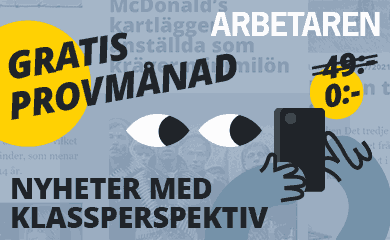
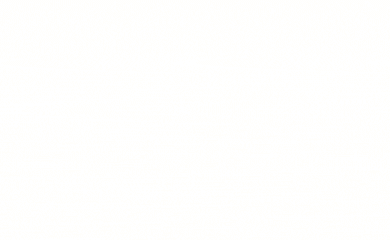
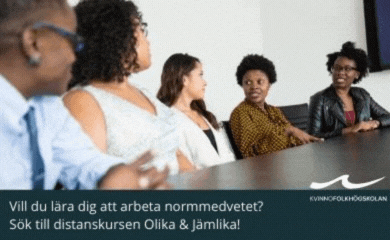




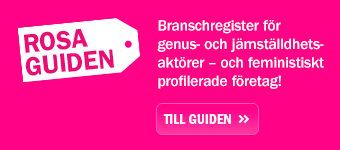


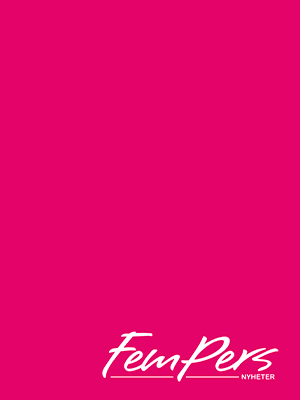
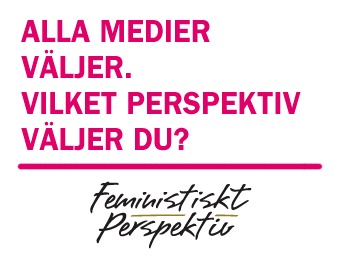










MEST KOMMENTERAT
SENASTE KOMMENTARERNA
Om Var Grupp 8 en feministisk organisation?
Om #bildskolan 21: Att äta Den Andre
Om #bildskolan 21: Att äta Den Andre
Om Porr handlar om betalda övergrepp
Om Nobels fredspris till kampanj för att avskaffa kärnvapen
Om Feministiskt perspektiv öppnar arkivet och startar på nytt!
Om Rödgrönt ointresse för fred och nedrustning borde oroa många
Om Var inte målet att vi skulle jobba mindre?
Om Feministiskt perspektiv öppnar arkivet och startar på nytt!
Om Feministiskt perspektiv öppnar arkivet och startar på nytt!
MEST LÄST